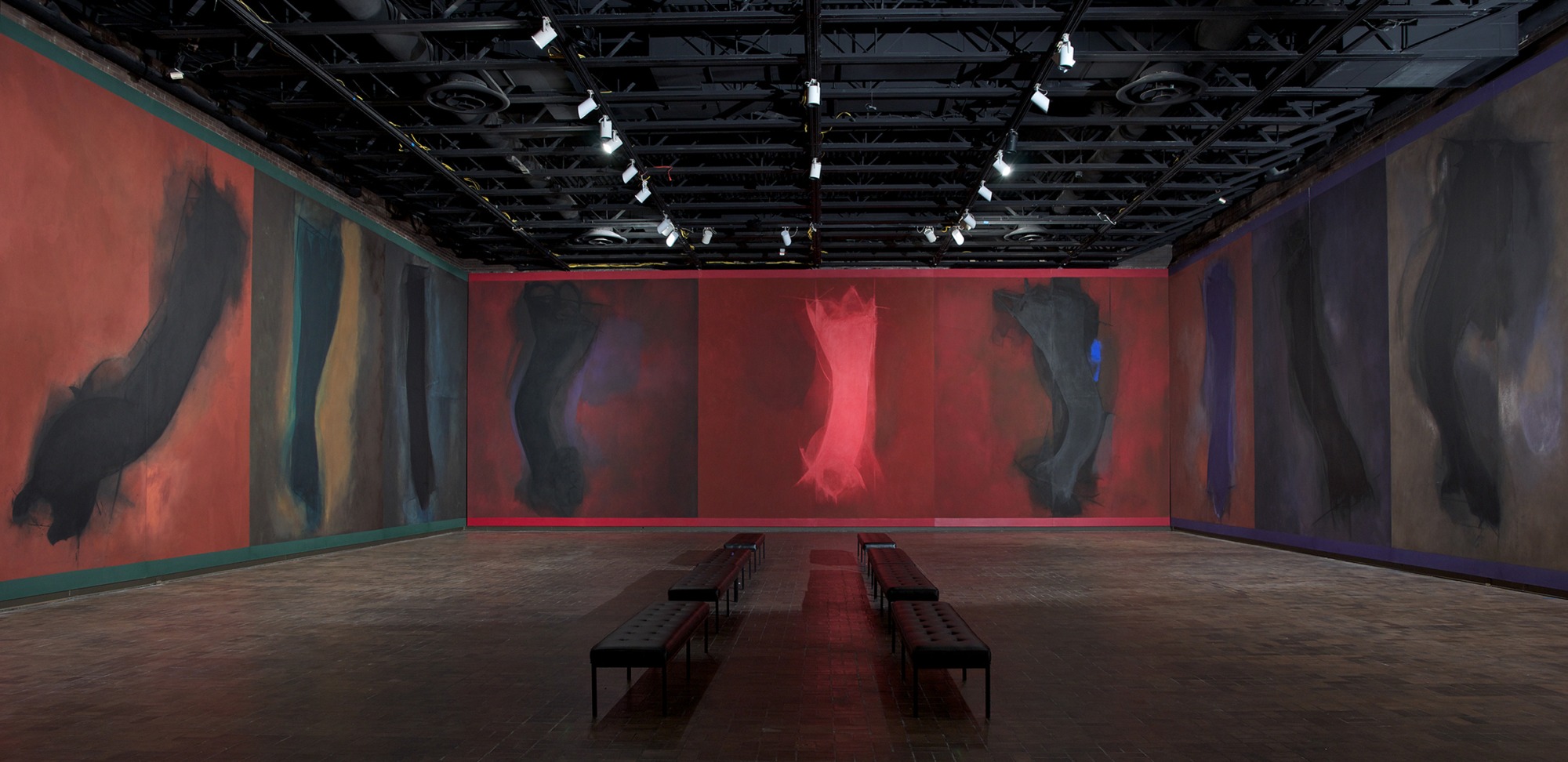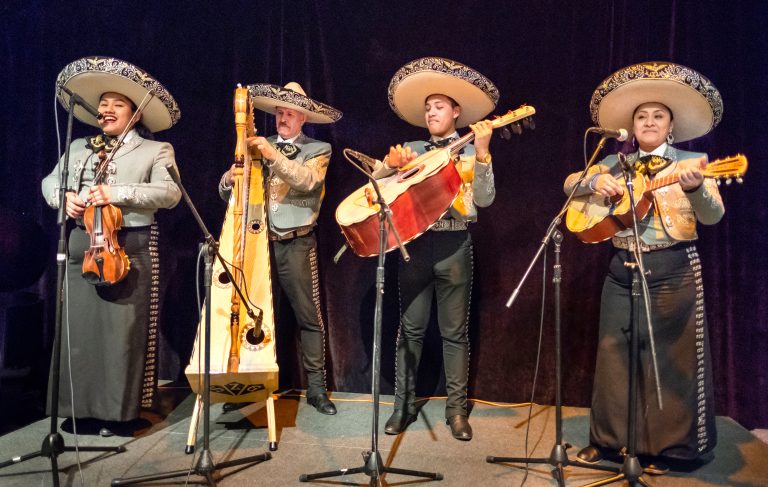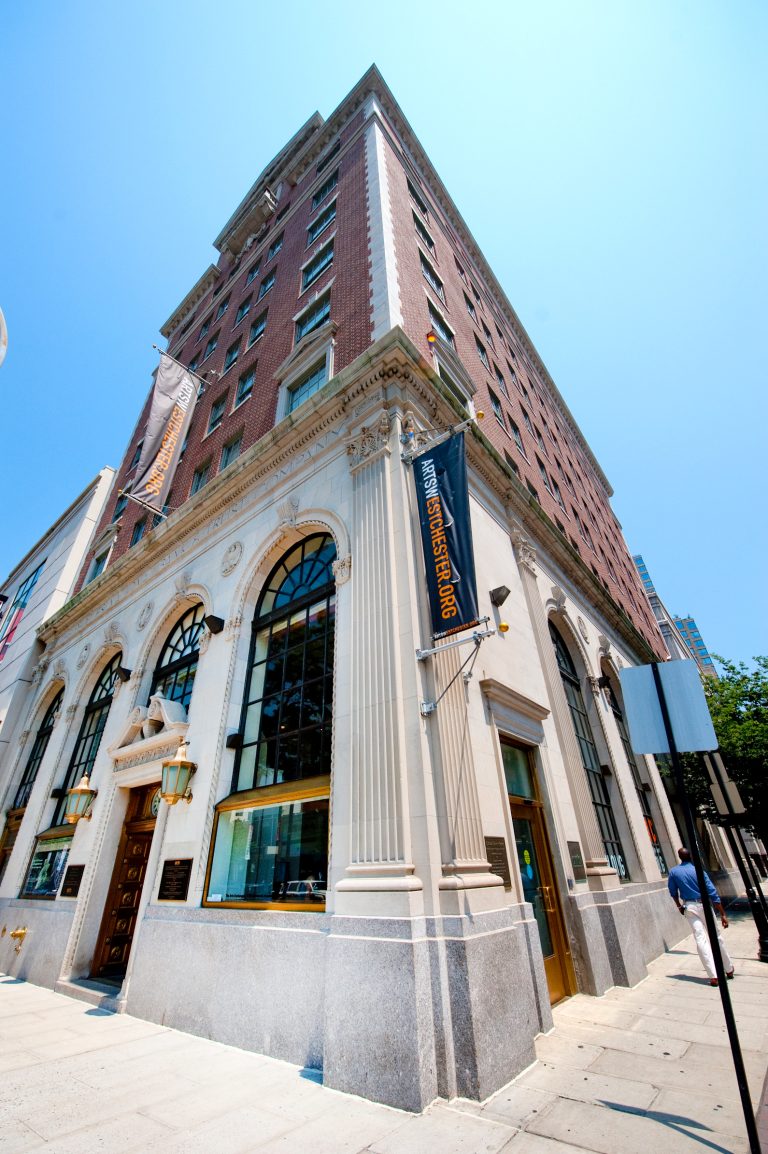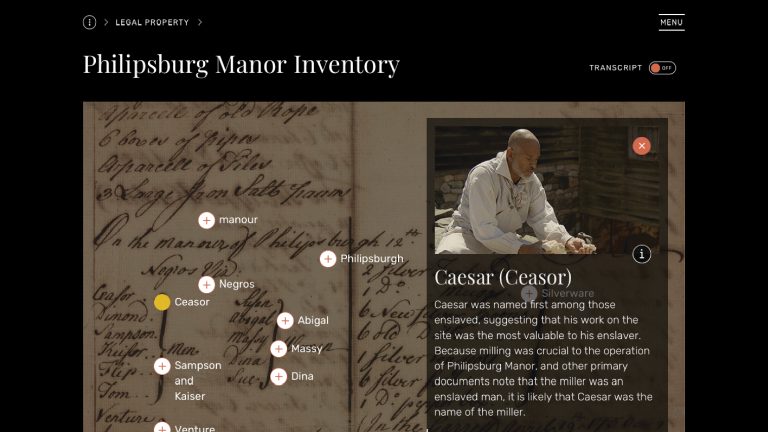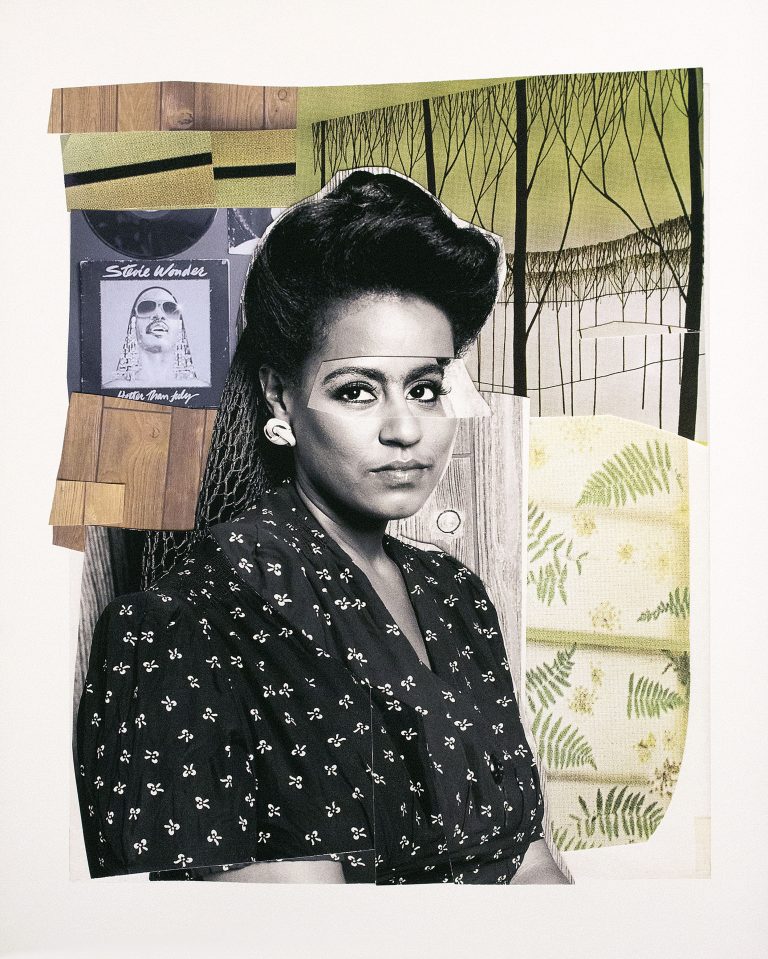Neuberger Museum at 50
In May of 1967, financier Roy R. Neuberger was invited to the Pocantico Hills estate of his friend, then-Governor of New York Nelson Rockefeller. During the visit, Rockefeller told Neuberger that if he donated works from his outstanding modern American art collection to New York State, the state would build a museum on the campus of a newly planned college in Purchase, N.Y. to display it. Rockefeller, an art enthusiast himself, had tried to buy Neuberger’s collection anonymously two years earlier for $5 million, nearly $50 million in today’s dollars. But until the end of his life, Neuberger never sold anything from his collection.
Rockefeller’s pitch worked. In 1974, the Neuberger Museum of Art officially opened with a display of more than 100 works from a promised 300 from Neuberger, co-founder of the investment management firm Neuberger Berman. By the time of his death in 2010 at age 107, Neuberger had donated just under 1,000 works to the museum, including some by titans of art like Milton Avery, Romare Bearden, Stuart Davis, Willem de Kooning, Georgia O’Keeffe and Jackson Pollock. Neuberger also gave the museum the largest painting Edward Hopper ever created, 1931’s Barber Shop.
This year, the Neuberger is celebrating its fiftieth anniversary with special exhibitions and events. Part of that celebration is a four-part multimedia exhibition titled The Making of a Museum: 50 Years, a riff on the Neuberger’s very first exhibition in 1974, The Making of a Museum: 1.
The Promised Gift, which opened on January 24, examines Neuberger’s original donation, which was accessioned over a 10-year period. Running concurrently is 1969-1974, an examination of Neuberger as a collector and supporter of living artists; the conceptualization, design and construction of the Museum; and the many functions the building served prior to opening.
“As the first completed campus building, it was used for a number of purposes, including as a library and dance studio,” says Tracy Fitzpatrick, who has served as the Neuberger’s director for the past 10 years. “It’s kind of poetic.”
Visitors can also experience Threnody, a 28-panel, 250-foot-wide site-specific painting created by American artist Cleve Gray for the museum’s opening. The work, made during the Vietnam War, expresses Gray’s anti-war sentiments as well as his hope for healing.
And on March 20, an exhibition titled 1974-2024 will feature key objects, exhibitions, programs and transformative moments in the Neuberger’s history. All four shows run until December.
The Neuberger will host a 50th anniversary celebration on the evening of Saturday, April 13. On the afternoon of Sunday, April 14, neighbors and other guests are invited to an open house. And on Wednesday, April 17, there will be an opening reception for The Making of a Museum: 50 Years. Registration is required for all three events.
The museum has begun posting a series of stories on its website called “backstory50” that explore the history of the museum, from its beginnings to the present day. One current article discusses the first piece to enter the museum’s collection: Milton Avery’s Sunday Riders (1929), which Neuberger gave to the museum in 1969.
Fitzpatrick says that the Neuberger has always played a key role in the education of Purchase students, be they art majors or not. “An important part of our mission is to educate generations of cultural consumers.” She adds: “Many are the first generation in their family going to college, and many have never been in a museum before. Many of them have ‘threshold fear,’ and we make them feel welcome and wanted.” In addition to its own students, the museum hosts school-age children on class visits throughout the year. And, of course, they also welcome the public during museum hours as well.
Thanks to numerous donations, purchases and bequests, the Neuberger’s holdings now number around 7,000, including 300 artworks from Africa, roughly half of which were donated by collector Lawrence Gussman of Scarsdale. Admission to the museum was recently made free for all. “The collection belongs to the State of New York, but it’s ours to take care of,” Fitzpatrick says. “New Yorkers should be able to see their collection.”
Photo credit: Threnody by Cleve Gray (courtesy of Neuberger Museum of Art / copyright 2024 Estate of Cleve Gray / photo credit: Jerry Thompson)
About Michelle Falkenstein
Michelle Falkenstein writes about culture, food and travel. Publications include The New York Times, Journal News, Albany Times Union, ARTnews Magazine and (201) Magazine

